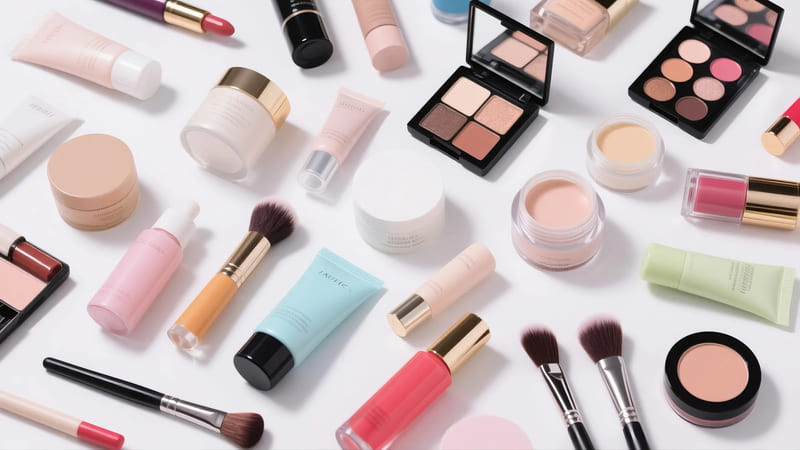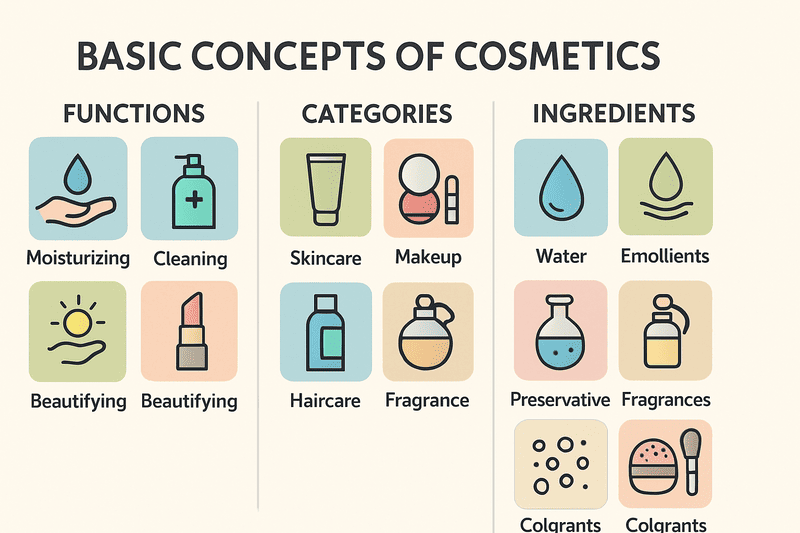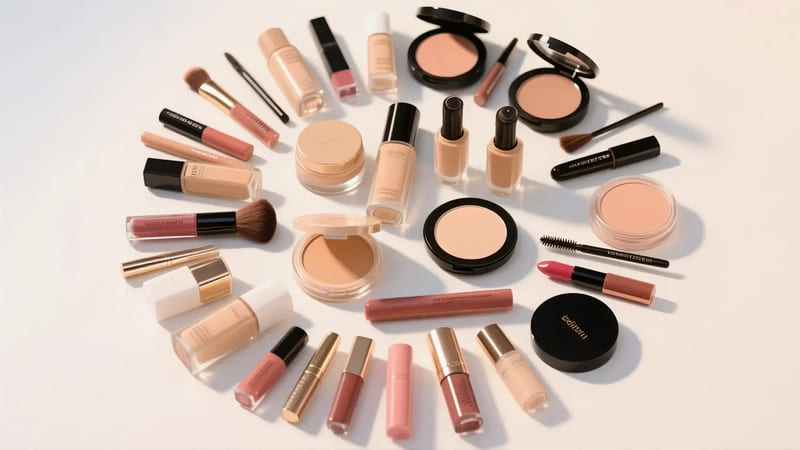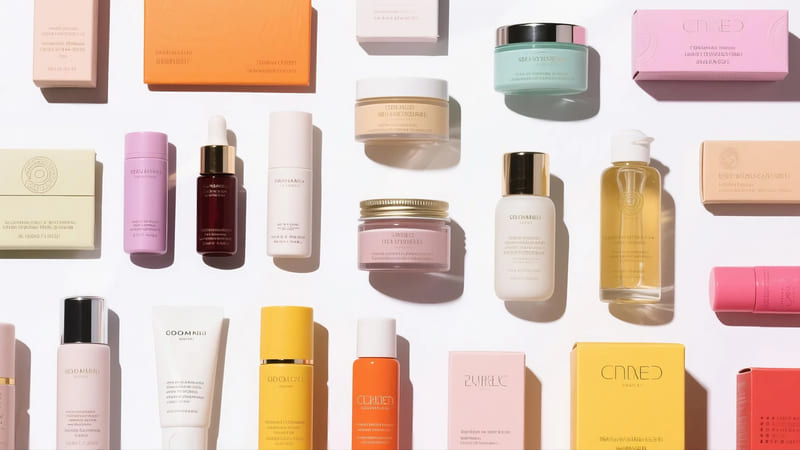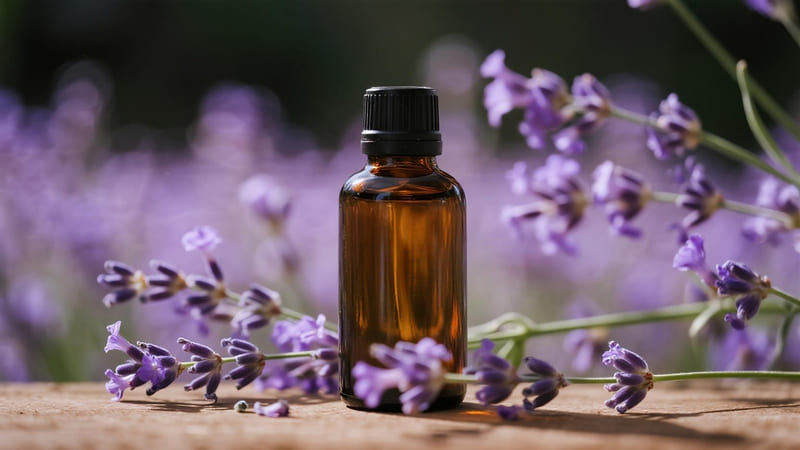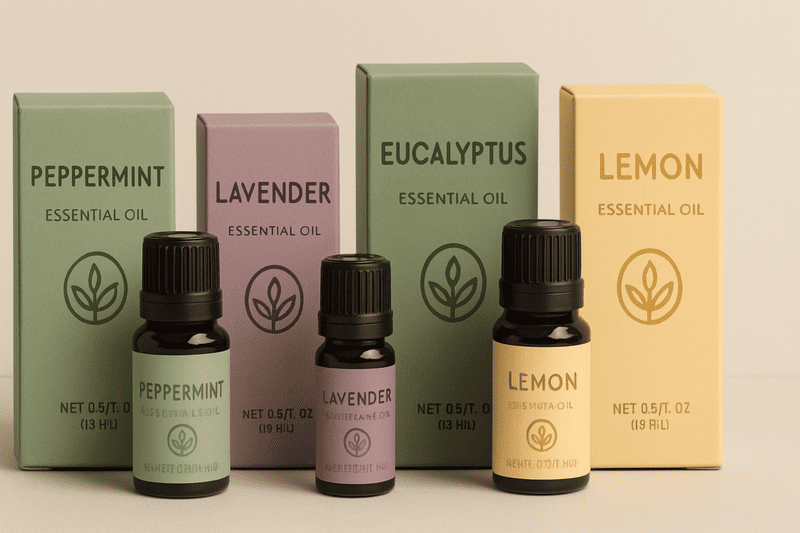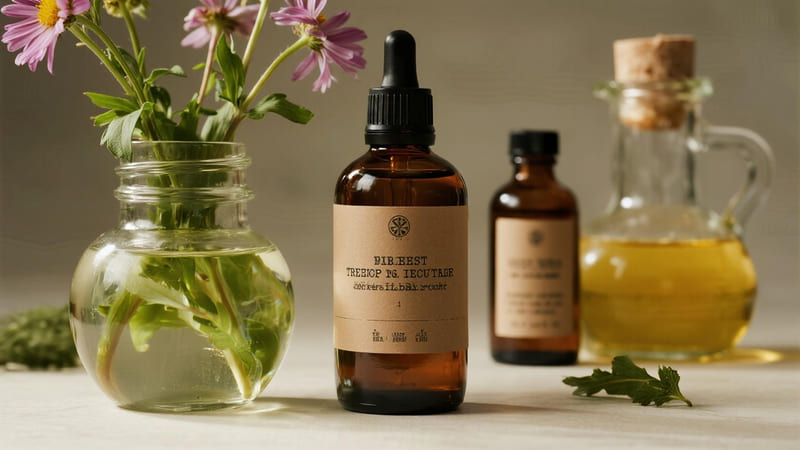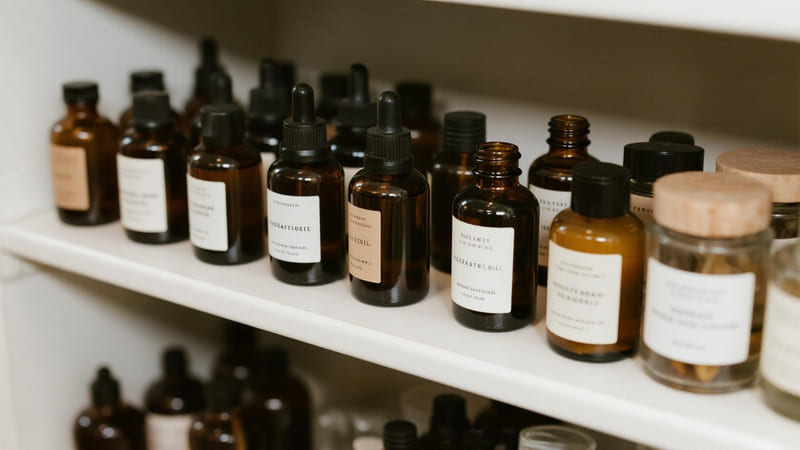Cosmetics are a fascinating and multifaceted category of products that have been part of human culture for millennia, evolving from simple natural colorants to highly sophisticated scientific formulations. They are deeply intertwined with self-expression, personal care, and cultural ideals of beauty.
Cosmetics are substances or preparations intended for application to the external human body (skin, hair, nails, lips) or oral cavity, primarily to cleanse, beautify, perfume, protect, maintain good condition, or alter appearance, without affecting the body’s structure or functions. They encompass a vast range of products from makeup and skincare to haircare and fragrances.
My knowledge of cosmetics, particularly from the perspective of a packaging manufacturer with ShineTop for over 20 years, centers on how these products are contained, protected, presented, and how their packaging interacts with their formulations and consumer perception. While I’m not a cosmetic chemist, I’ve learned a great deal about their characteristics, the industry, and the crucial role packaging plays.
What is the Basic Knowledge About Cosmetics?
Understanding the fundamentals of cosmetics involves knowing their purpose, common types, basic ingredient categories, and the regulations that govern them.
Basic knowledge about cosmetics includes understanding their primary functions (cleansing, beautifying, protecting, altering appearance), the main categories (makeup, skincare, haircare, fragrance), common ingredient types (water, emollients, humectants, surfactants, pigments, actives, preservatives), and the importance of safety, labeling, and regulatory compliance (e.g., FDA in the US, EU Cosmetics Regulation).
Having a foundational understanding is key for anyone involved in the industry, from formulators to marketers to packaging suppliers.
Core Concepts in Cosmetics:
-
Definition & Purpose:
- As defined earlier, their main goal is to affect appearance or cleanse externally, not to treat disease or alter bodily functions (that’s the realm of drugs).
-
Main Categories:
- Skincare: Products like cleansers, moisturizers, serums, sunscreens, masks. Focus on skin health and appearance.
- Makeup (Color Cosmetics): Products like foundation, lipstick, eyeshadow, mascara. Focus on enhancing or altering facial features.
- Haircare: Products like shampoos, conditioners, styling agents, hair dyes. Focus on hair health and appearance.
- Fragrances: Perfumes, colognes, body mists. Focus on imparting scent.
- Personal Hygiene/Toiletries: Soaps, deodorants, toothpaste (cosmetic aspects).
-
Common Ingredient Functions:
- Water (Aqua): Often the primary ingredient, acts as a solvent.
- Emollients: Soften and smooth the skin (e.g., oils, esters, silicones).
- Humectants: Attract and hold moisture (e.g., glycerin, hyaluronic acid).
- Surfactants: Help cleanse (in shampoos, face washes) or emulsify (keep oil and water mixed).
- Thickeners/Stabilizers: Control viscosity and product stability.
- Colorants/Pigments: Provide color in makeup.
- Active Ingredients: Provide specific benefits (e.g., Vitamin C for brightening, salicylic acid for acne, retinoids for anti-aging).
- Preservatives: Prevent microbial growth and spoilage.
- Fragrance: Adds scent.
-
Safety & Regulation:
- Cosmetics are regulated by government bodies (e.g., FDA in the USA, European Commission in the EU).
- Regulations cover ingredient safety, prohibited/restricted substances, labeling requirements (INCI lists), and good manufacturing practices (GMP).
- Manufacturers are responsible for ensuring their products are safe for their intended use.
-
Product Formulation Basics:
- Understanding different product forms (emulsions like creams/lotions, solutions, suspensions, powders, anhydrous products like balms).
- The importance of pH, stability, and preservation.
-
Packaging Interaction:
- The primary packaging must be compatible with the cosmetic formulation to prevent leaching, absorption, or degradation. This is a key area of focus for us at ShineTop. For example, certain plastics are unsuitable for high essential oil content, and some active ingredients require airless or UV-protective packaging.
This basic knowledge helps in appreciating the complexity behind even seemingly simple cosmetic products.
What is the Brief Description of Cosmetic?
If you need a concise summary, a brief description of "cosmetic" captures its essence and primary intent.
A brief description of a cosmetic is: a preparation applied to the body, especially the face, to improve, beautify, or alter its appearance, or to cleanse or perfume it, without affecting the body’s underlying structure or functions.
This definition emphasizes the external application and the focus on appearance and cleansing, distinguishing cosmetics from drugs. It highlights the temporary and superficial nature of the changes cosmetics impart, as opposed to physiological changes. The term covers a vast range of products designed for personal care and aesthetic enhancement.
What is Known as Cosmetics?
The term "cosmetics" is widely understood, but its precise scope is defined by regulatory bodies and common usage within the beauty and personal care industry.
"Cosmetics" are known as products applied externally to the human body for cleansing, beautifying, promoting attractiveness, or altering appearance. This encompasses makeup (lipstick, foundation, eyeshadow), skincare (creams, lotions, serums), haircare (shampoos, conditioners, styling products), fragrances (perfumes, colognes), and certain oral care and personal hygiene items (like toothpaste for cleaning, deodorants).
Essentially, if a product’s primary purpose fits the definition of cleansing, beautifying, or altering appearance externally, it’s generally known as a cosmetic.
Key Inclusions:
- Products that change the appearance: Makeup is the most obvious example.
- Products that cleanse: Soaps, shampoos, facial cleansers.
- Products that moisturize and protect the skin/hair: Lotions, creams, conditioners, sunscreens (when marketed for beautifying/protecting appearance, though SPF claims often make them dual-category).
- Products that perfume: Fragrances, scented lotions.
Key Exclusions (Generally Classified as Drugs or Other Categories):
- Products intended to treat or prevent disease (e.g., acne medication that makes drug claims, antifungal creams).
- Products intended to affect the structure or function of the body (e.g., products claiming to regrow hair, injectable fillers, products that permanently alter skin structure).
- Some antiperspirants (as they affect the body’s function of sweating).
- Products intended for ingestion (supplements, "beauty from within" ingestibles are usually food supplements, not cosmetics).
The line can sometimes be blurry, and a product’s classification can depend on its ingredients, marketed claims, and local regulations. For instance, a moisturizer with SPF might be considered both a cosmetic and an over-the-counter (OTC) drug in some regions. From a packaging perspective at ShineTop, we cater to products clearly defined as cosmetics, ensuring their packaging is safe, compatible, and appealing.
What is the Best Description of Cosmetic Products?
A comprehensive and accurate description of cosmetic products captures their purpose, application, scope, and the intent behind their use, distinguishing them from other product categories like pharmaceuticals.
The best description of cosmetic products is: Preparations designed for external application to the human body (including skin, hair, nails, lips, and oral cavity) with the primary intent to cleanse, beautify, perfume, protect, maintain in good condition, or temporarily alter appearance, without claiming to diagnose, cure, mitigate, treat, or prevent disease, or to affect the body’s structure or physiological functions. They are tools for personal care, hygiene, self-expression, and enhancing aesthetic appeal.
This description encapsulates several critical aspects:
- Application: External use on the body.
- Primary Intent: Focuses on cleansing, beautifying, perfuming, protecting, maintaining condition, or altering appearance.
- Exclusion of Drug Claims: Critically, they do not aim to treat disease or fundamentally change bodily structure/function. This is the key differentiator from pharmaceuticals.
- Scope: Encompasses a wide range of items for personal care and aesthetic enhancement.
- Purpose: Tools for hygiene, self-care, self-expression, and improving one’s appearance according to personal or cultural preferences.
From a Packaging Perspective (ShineTop):
When we think about cosmetic products, we consider:
- Formulation Sensitivity: Does it need protection from light (amber glass, opaque plastic)? From air (airless pumps)?
- Viscosity & Dispensing: Is it a thin liquid needing a spray or dropper? A thick cream for a jar or tube? A solid stick needing a specific mechanism?
- Brand Positioning: Is it a luxury product requiring premium materials like heavy glass and intricate finishes (like those Mohammed from Iraq orders for his gift sets)? Or a natural product needing eco-friendly packaging (like Anna from Thailand prefers for her line)?
- Target Audience: Will the packaging appeal to the intended user?
- Regulatory Compliance: Does the packaging allow for all necessary labeling?
The "best description" also implies that cosmetic products are part of a dynamic industry influenced by science, fashion, culture, and individual creativity. They are more than just substances in containers; they are part of how people present themselves to the world and care for themselves.
Conclusion
Cosmetics are a diverse and fascinating category of products designed to cleanse, beautify, and enhance our external appearance. Basic knowledge involves understanding their functions, types, common ingredients, and the regulatory landscape. While their primary purpose is aesthetic or for cleansing, the science behind their formulation and the art of their packaging are complex. From a packaging perspective, like ours at ShineTop, the key is to ensure that the chosen container protects the product’s integrity, is compatible with its formulation, allows for effective use, and beautifully represents the brand’s unique identity and promise to the consumer.

